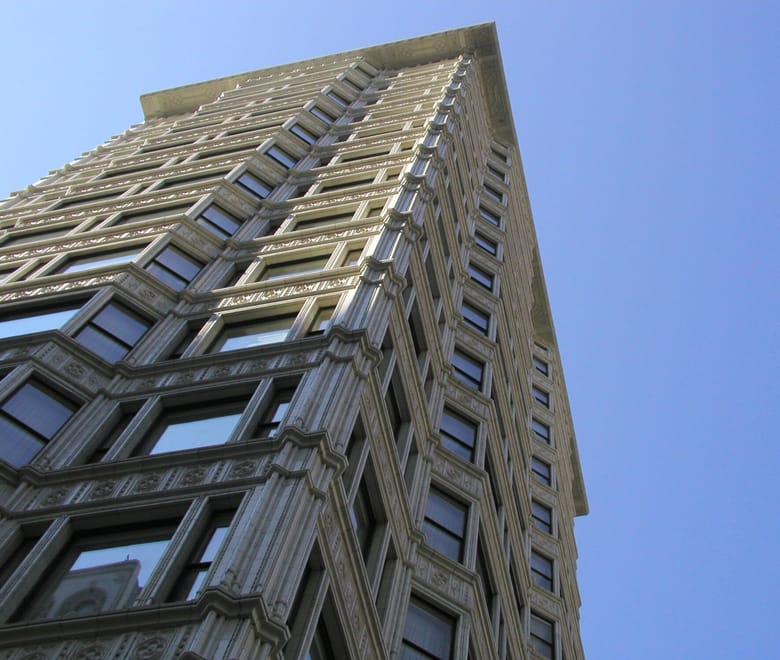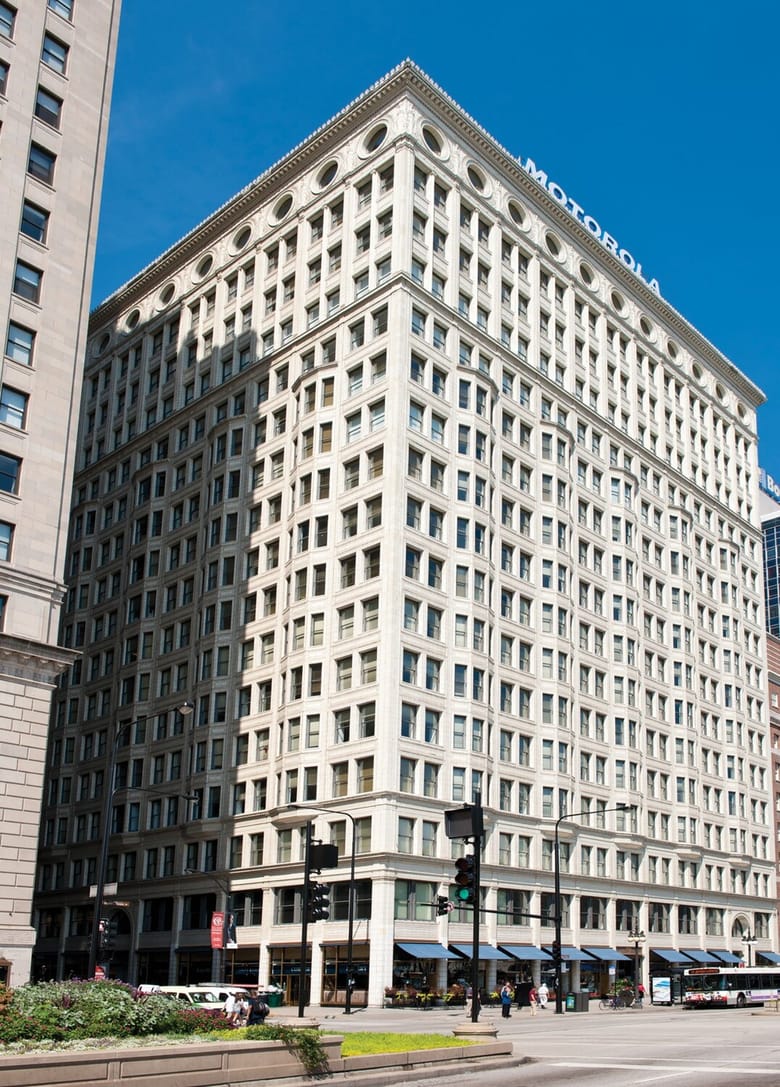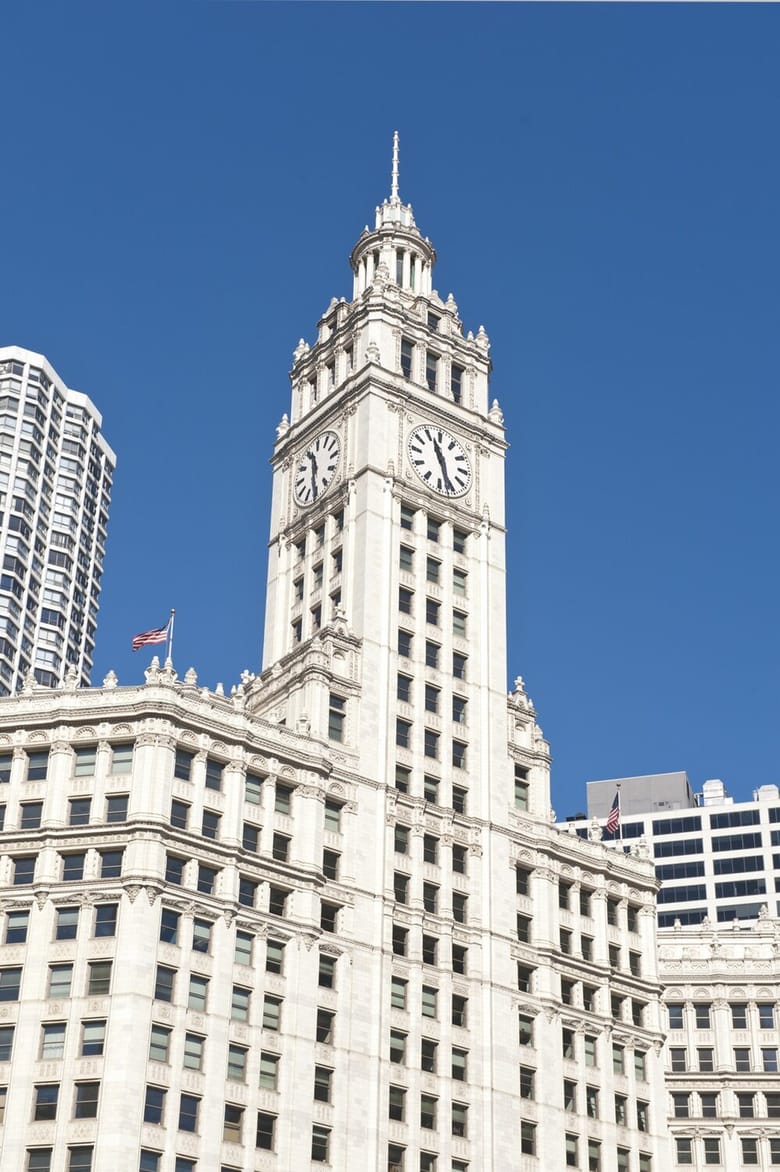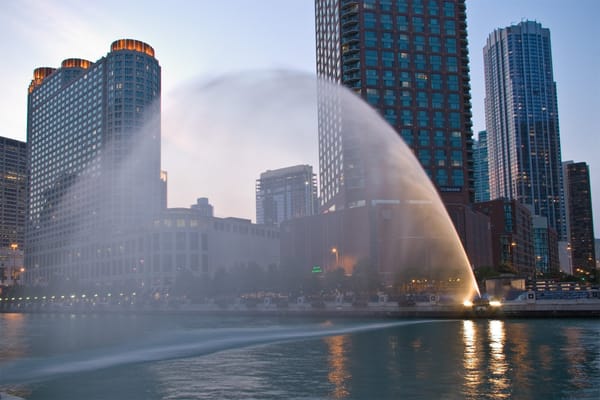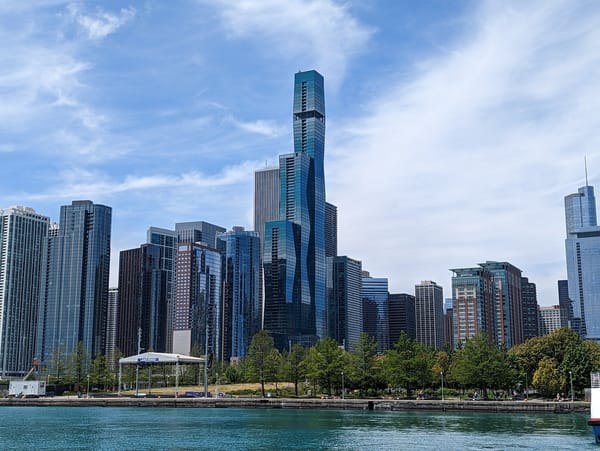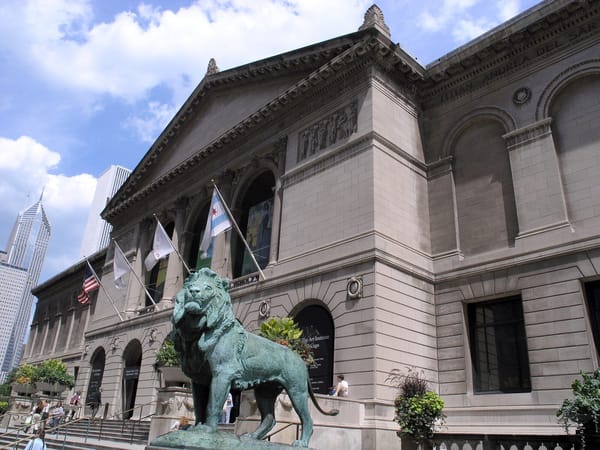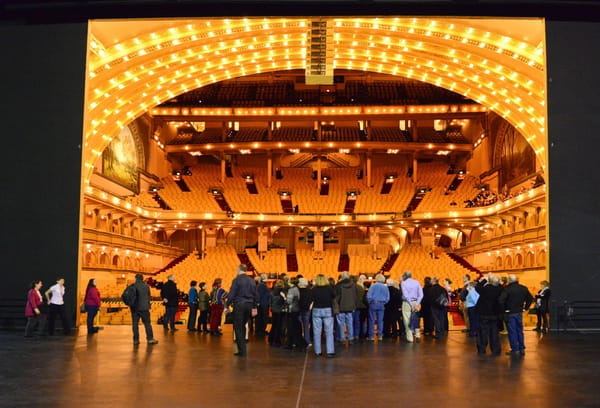Terra cotta, meaning "baked earth" in Italian, is a type of fired clay used as a building material and decorative element. As a versatile and durable material, terra cotta can be molded into various shapes and fired at relatively low temperatures. It is commonly used for ornamental facades, sculptures, and tiles. In architecture, terra cotta is valued for its ability to create detailed, intricate designs and its natural, warm tones.
The use of terra cotta dates back to ancient civilizations, including the Greeks and Romans, who employed it for both functional and decorative purposes. Its resurgence in modern architecture began in the late 19th century, as advances in manufacturing techniques allowed for its widespread use in building facades.
In Chicago, terra cotta is a notable feature of several iconic buildings. The Chicago School of Architecture utilized terra cotta extensively for both structural and decorative elements. The Rookery Building, completed in 1888, is renowned for its ornate terra cotta detailing. The Reliance Building also showcases elegant terra cotta ornamentation that enhances its Beaux-Arts design. Terra cotta's durability and aesthetic flexibility make it a cherished material in the city’s architectural heritage.
